Plastic pollution in our oceans has reached a critical point, with devastating consequences for marine life and potentially catastrophic effects for the planet. From toxic chemicals leaching into the water to animals ingesting plastic waste, this crisis impacts every level of the marine ecosystem.
1. Plastic Waste is Everywhere in the Ocean
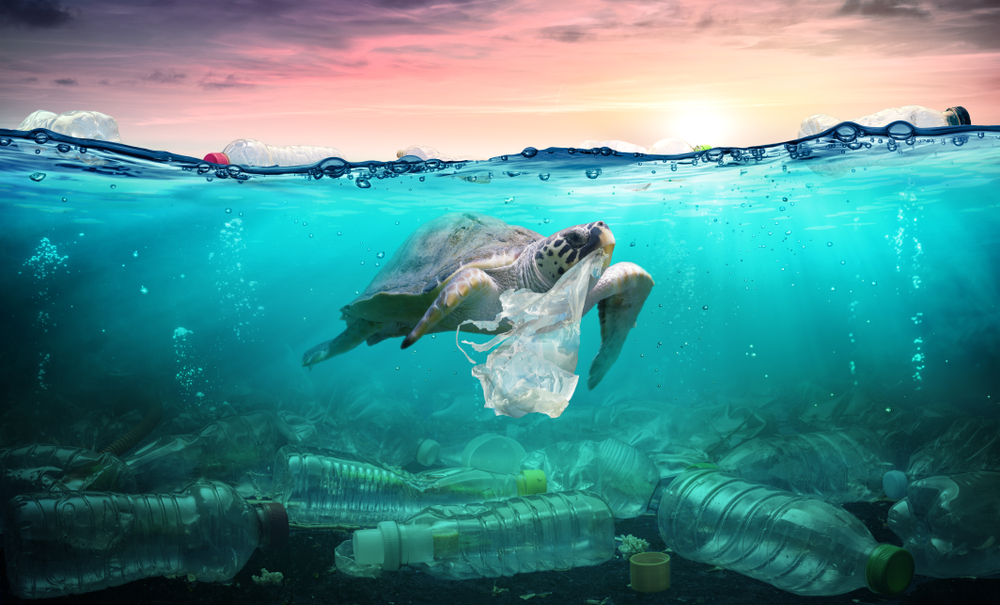
Millions of tons of plastic enter the ocean every year, carried by rivers, winds, and human activity. From the deep sea to remote beaches, almost no part of the ocean is left untouched. This massive spread of plastic waste has created areas like the Great Pacific Garbage Patch, a floating mass of debris that marine life cannot avoid.
2. Marine Animals Mistake Plastic for Food
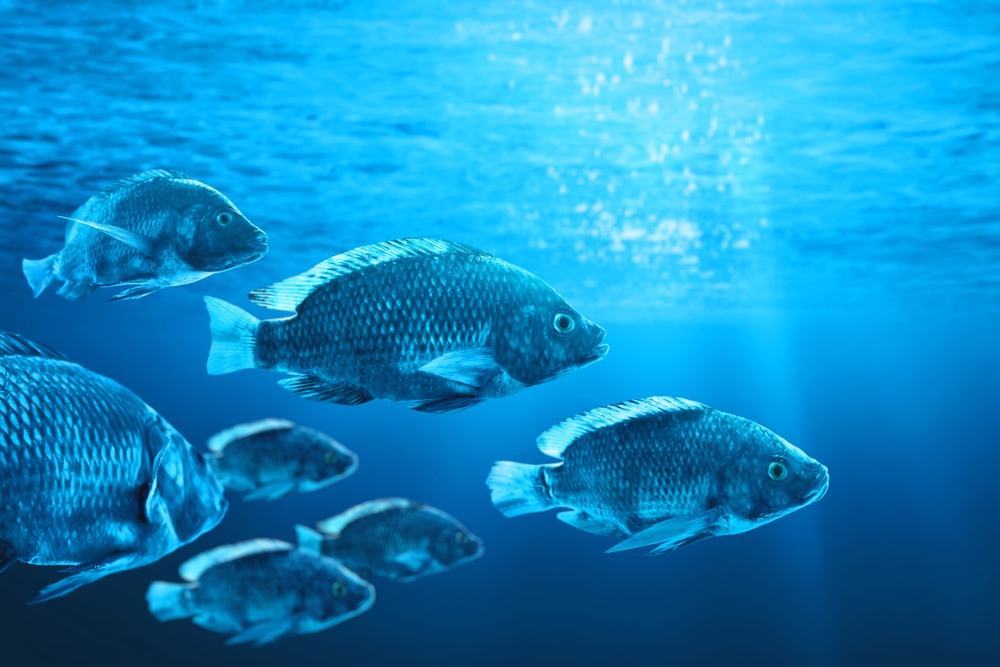
Sea creatures like fish, turtles, and seabirds often mistake plastic for food. Marine animals ingest plastic from tiny microplastics to larger debris because it resembles their natural diet. Once inside their bodies, plastic can’t be digested and may accumulate, leading to malnutrition, starvation, or even death. This contamination works its way up the food chain, impacting larger animals and eventually reaching humans.
3. Toxic Chemicals are Leaching into the Ocean
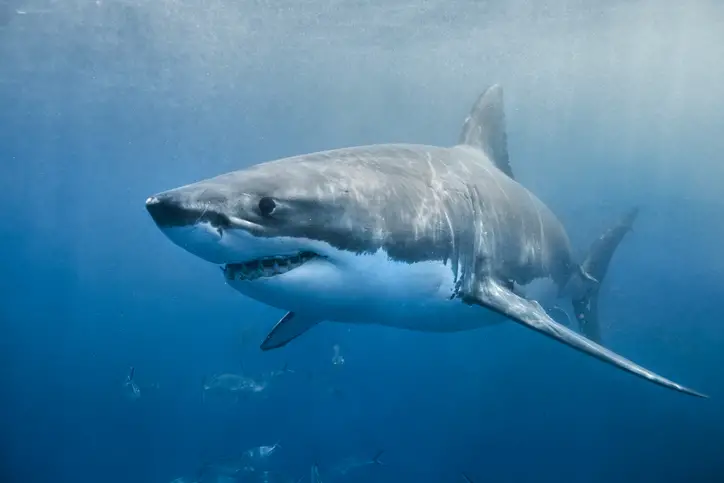
Plastics release toxic chemicals as they break down, polluting ocean water and harming marine species. These chemicals, including BPA, phthalates, and other additives, interfere with marine animals’ hormonal and reproductive systems. The spread of these toxins threatens entire populations and ecosystems, disrupting breeding and weakening species’ survival rates.
4. Coral Reefs Are Suffocating

Plastic waste smothers coral reefs, blocking sunlight and introducing harmful bacteria that can lead to coral disease. Coral reefs support about 25% of all marine life, so their destruction endangers countless species. Healthy reefs are also vital to humans, providing coastal protection and supporting tourism and fishing industries. Plastic pollution threatens these ecosystems, risking biodiversity and economic loss.
5. Entanglement Traps Injures Marine Animals
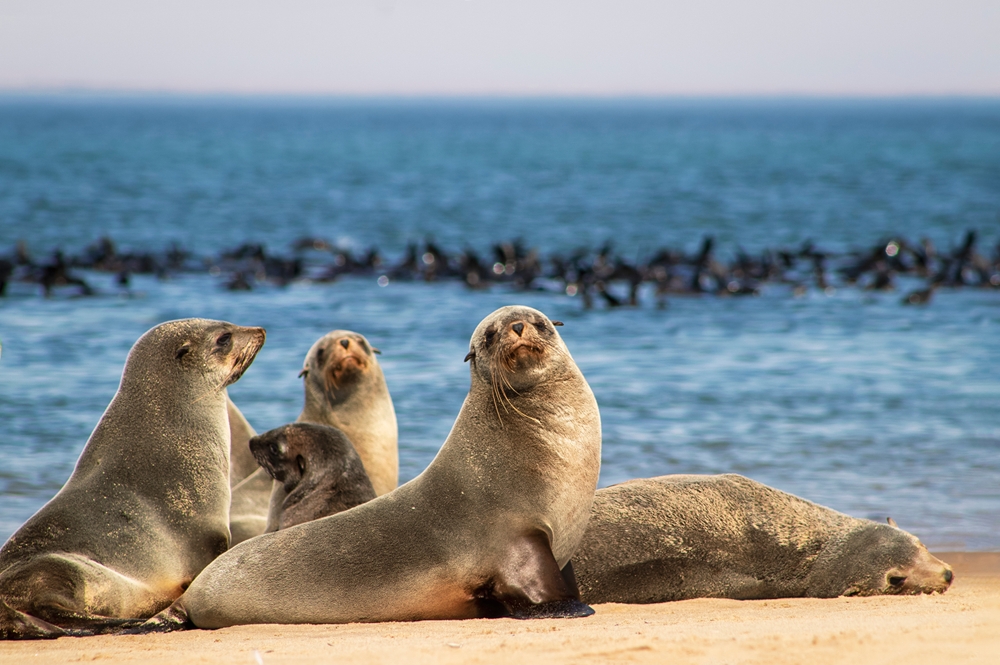
Marine animals, including turtles, seals, and dolphins, are often tangled in discarded plastic nets, ropes, and bags. These entanglements can cause severe injuries, restrict movement, and prevent animals from feeding or breathing properly. For many species, entanglement can lead to painful deaths and contribute to population declines, especially in endangered species.
6. Microplastics are Entering the Food Chain

Microplastics—tiny plastic fragments resulting from the breakdown of larger debris—are increasingly found in the tissues of marine organisms. These particles are consumed by small fish and plankton, making their way up the food chain. As they accumulate, microplastics eventually end up on our dinner plates, posing unknown health risks for humans. The impact of microplastic consumption is still being studied, but early research suggests it may have severe consequences for health.
7. Plastic Debris Impacts Reproduction

Studies show that plastic pollution can affect the reproductive systems of marine animals. Chemicals released from plastics disrupt hormones, making it harder for species to reproduce effectively. Reduced fertility rates threaten the survival of entire populations, leading to imbalances in marine ecosystems and risking the extinction of vulnerable species.
8. Plastic Pollution Alters Natural Habitats
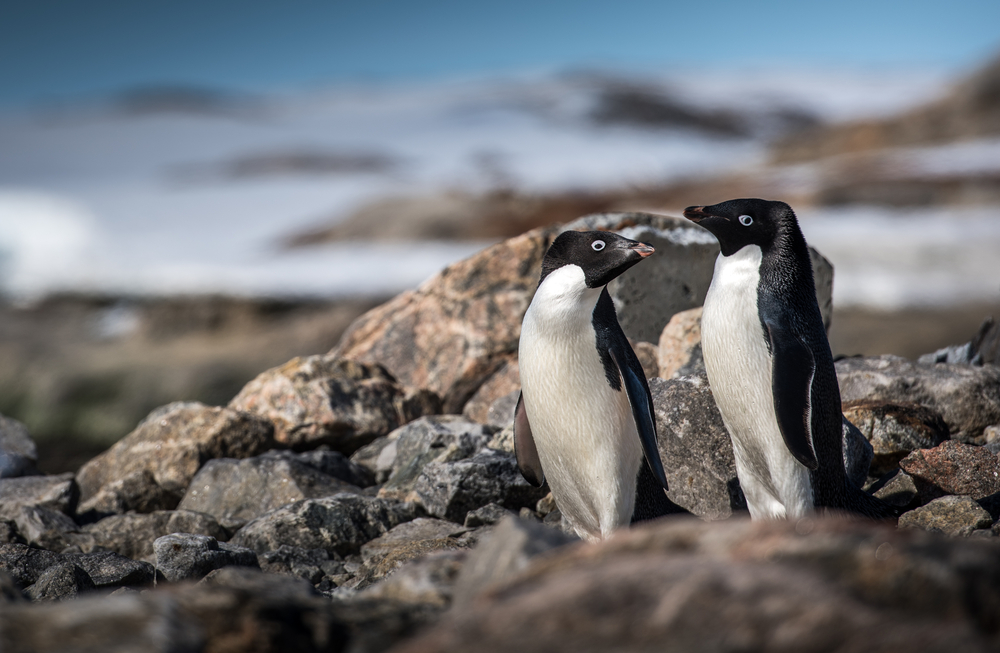
Floating plastic debris creates new habitats for invasive species, allowing them to hitch a ride to different parts of the ocean. These invaders disrupt local ecosystems and outcompete native species, creating a cascade of ecological problems. Additionally, plastic that sinks to the ocean floor alters the seafloor environment, burying organisms and blocking essential nutrient cycles.
9. Marine Mammals Suffer from Digestive Blockages
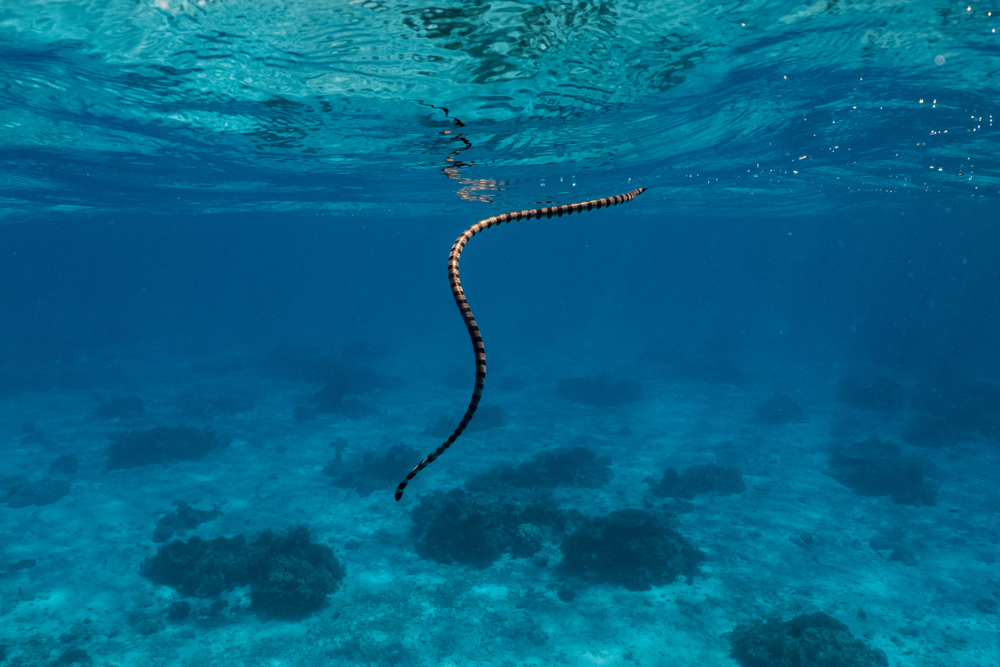
Large marine animals, like whales and dolphins, can swallow plastic waste, leading to blockages in their digestive tracts. If they cannot process the plastic, these animals can die from malnutrition or infection. Recent autopsies of beached whales have found stomachs full of plastic waste, highlighting how pervasive and deadly the issue has become.
10. Plastic Impacts Ocean Oxygen Levels
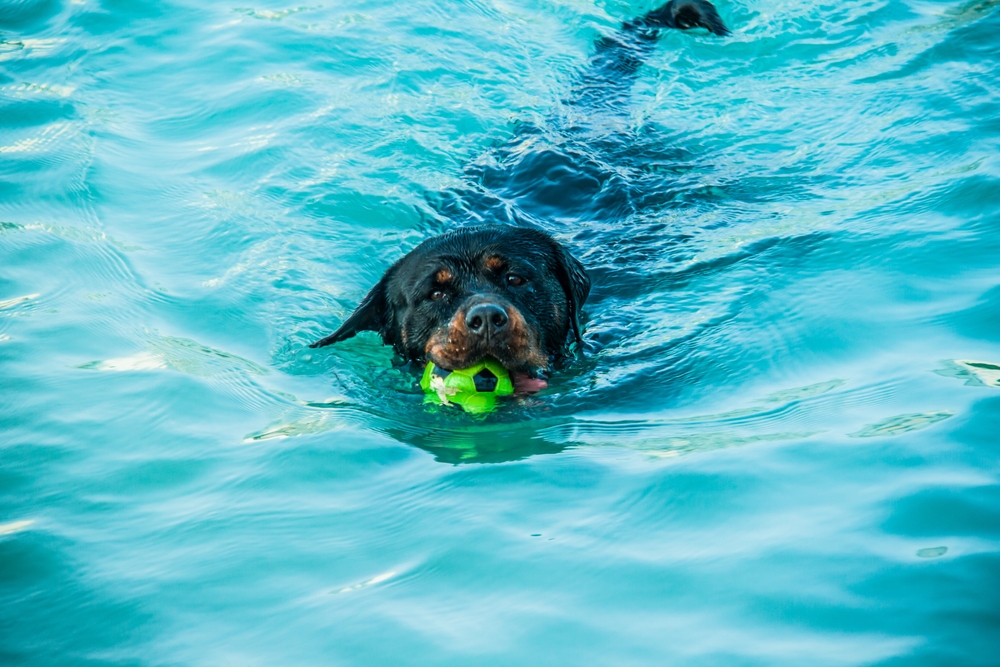
Oceans produce more than half of the world’s oxygen thanks to phytoplankton. Plastic pollution, however, disrupts the habitats of these crucial organisms, threatening the oxygen production process. The loss of phytoplankton reduces oxygen levels and exacerbates climate change, affecting not just marine life but life on land as well.
11. Plastic Threatens Food Security for Coastal Communities
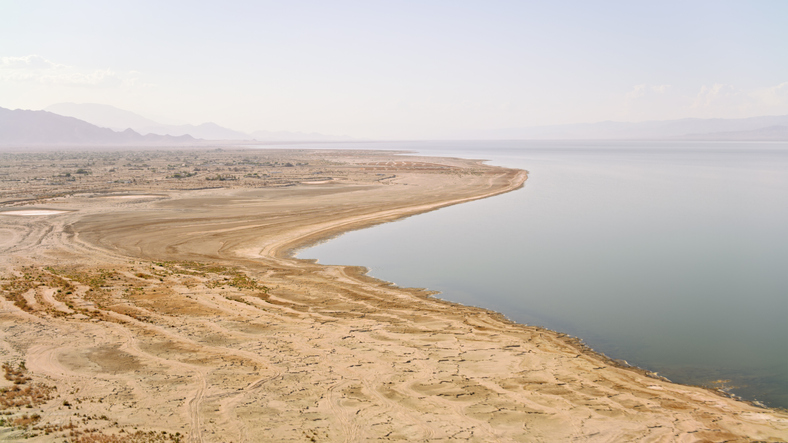
Many coastal communities rely on fishing as a primary food source and income. Plastic pollution directly threatens these livelihoods by contaminating fish stocks and damaging fishing equipment. As plastic waste affects fish populations, it reduces the availability of seafood, endangering food security for communities that depend on healthy oceans for survival.
12. Plastics Are Altering Oceanic Chemistry
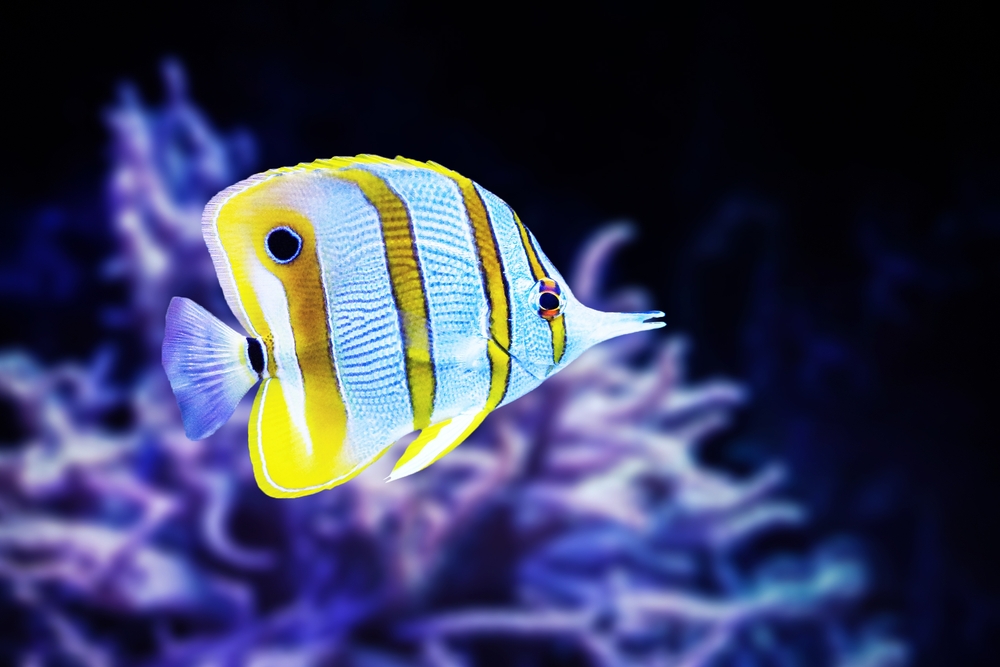
As plastics degrade, they release chemicals that alter the pH and chemistry of ocean water, impacting sensitive marine species. Many marine organisms are highly sensitive to even small changes in pH, which can affect everything from shell formation to survival rates. This alteration to ocean chemistry could have far-reaching impacts on biodiversity and the health of the oceans.
13. The Future of Marine Life and Human Health is at Risk

The marine ecosystem is intricately connected to human life. Plastic pollution threatens marine life and poses long-term risks to human health and survival. Through the food chain, plastic and its associated toxins can end up in human bodies, potentially causing unknown health effects. Ensuring a healthy ocean isn’t just about protecting marine life—it’s about safeguarding the future of our health, economies, and planet.
